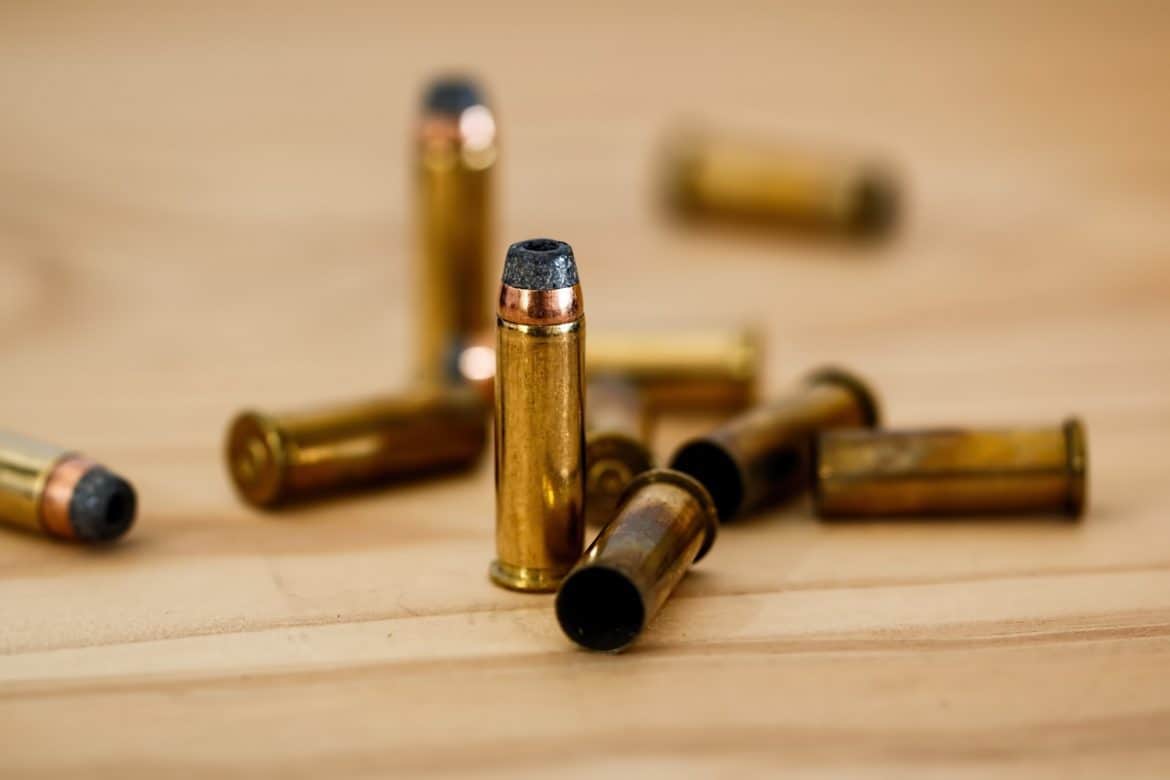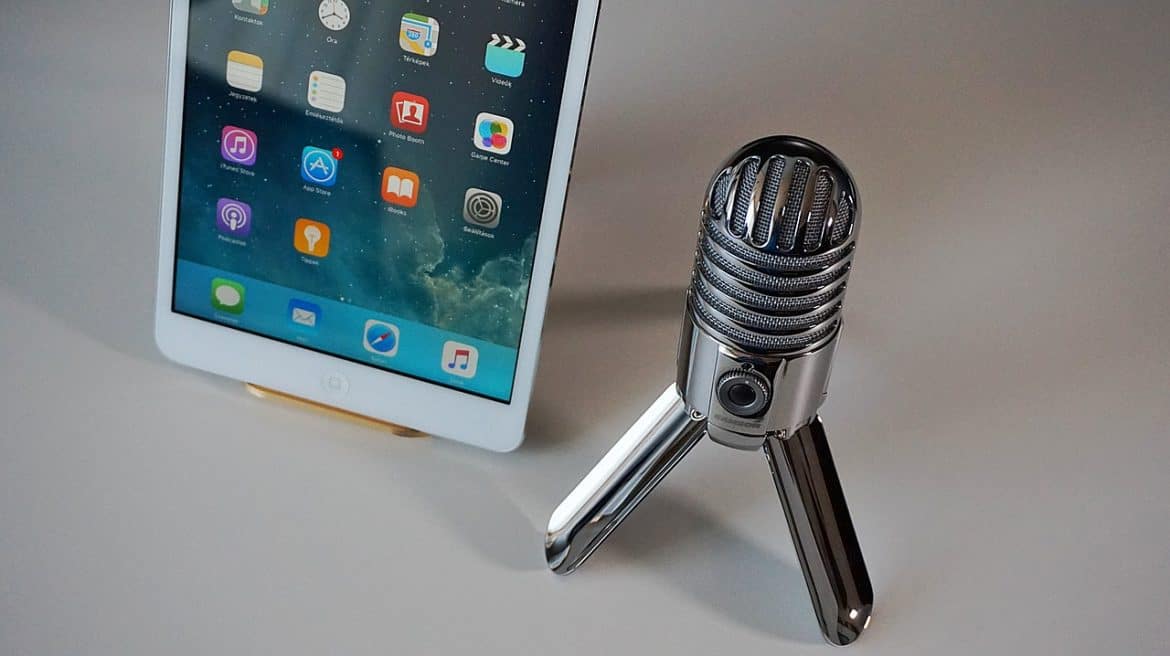I used to work as a criminal justice adjunct instructor for a a private college here in Nashville. I ended up teaching terrorism much of the time, and while going through my computer I found several PowerPoint files and lesson plans I felt would be useful to some of the readers of this site. Now […]
Month: February 2013
PRN Episode #5 What to Do After a Shooting
In this episode David talks about What to Do After a Shooting. Its easy to learn how to shoot. However, it is harder to learn when to shoot. Even more so what to do after. Because that is not always addressed in some classes. There are two schools of thought when dealing with the police, […]
How to Troubleshoot Firearm Stoppage Using SAMM
When I am on the range with new shooters and they have a malfunction they tend to blame the gun. I understand totally, you pay a lot for a firearm, and want to depend on it to function 100% of the time. Especially if you plan on using to defend your life. If it […]
I was a guest on the Destiny Survival podcast
I recently was a guest on John Westley Smith’s Destiny Survival Podcast – John runs a very cool site Destiny Survival, and I highly recommend you visiting his site. We had a good time talking about a variety of preparedness subjects, and I learned a lot from just talking with him. Destiny Survival is a […]
3 Causes of a Negligent Discharge
There are three basic causes of a negligent discharge (ND): Finger on trigger, Finger on trigger, and Finger on trigger But for those that want to know the three mechanisms that cause that errant finger to pull the trigger they are: Startle, Stumble, Sympathetic Grip Startle Response The first reason your finger may tighten on […]





